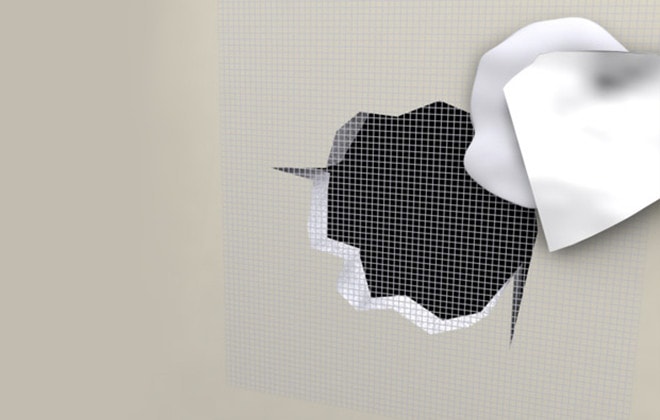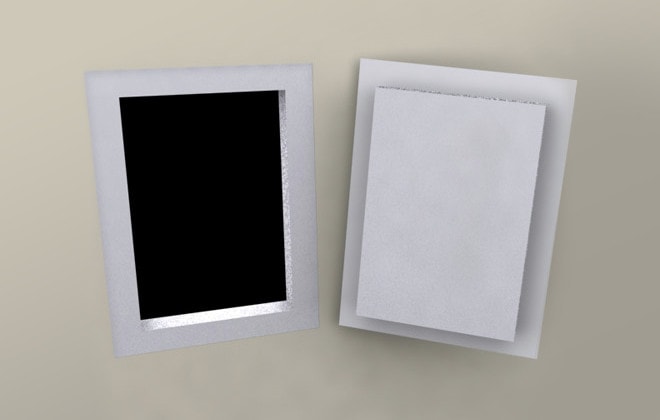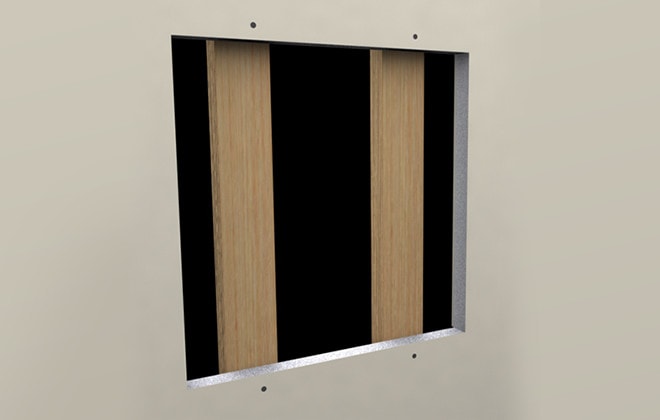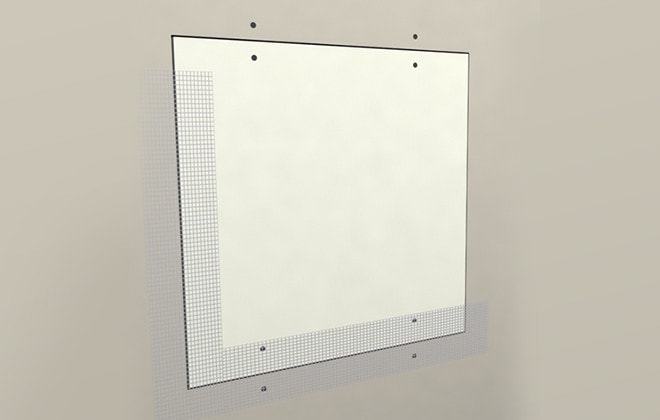Notes
- Use spackling compound or wood filler to hide screw heads as well as finishing nails. Spackle is used for repairing drywall.
- Wood filler is weather-resistant, does not contract, is available in an assortment of colours and may be sanded and painted.
- If the holes and cracks continually reappear use flexible filler.
- Once the repair job is done it is recommended that the entire wall be painted to better conceal the repair.

















